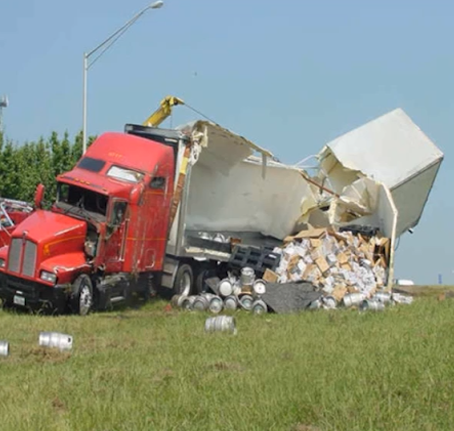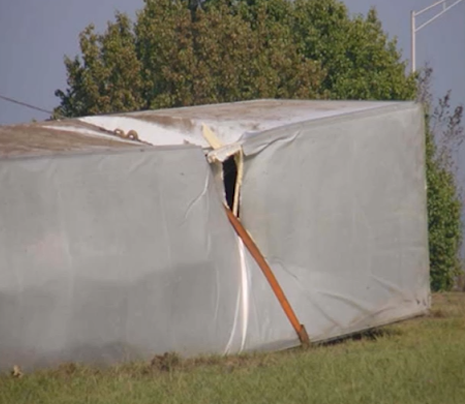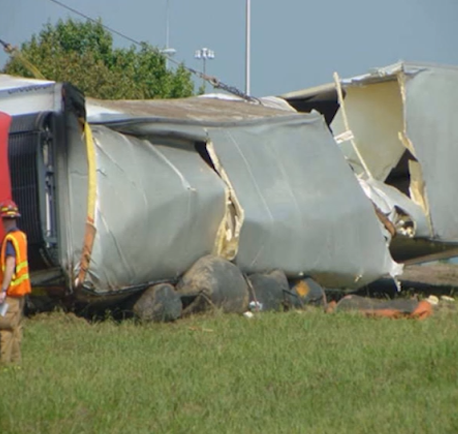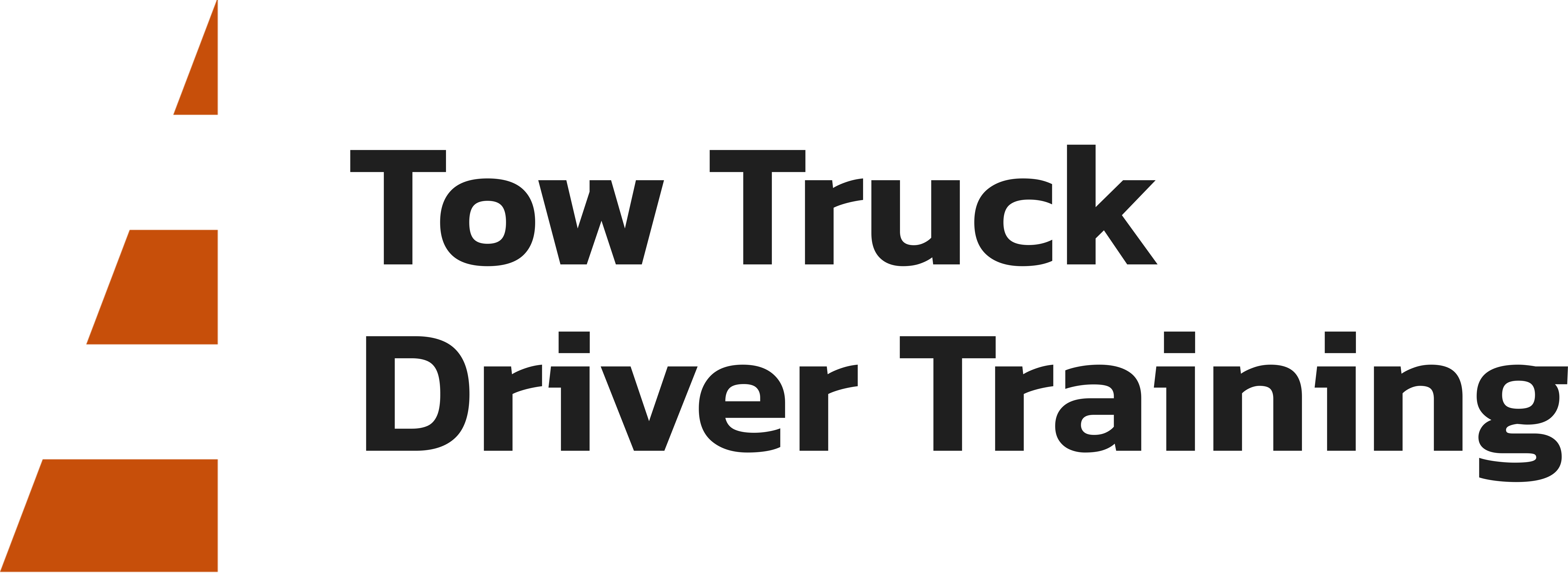Rail Loading
When up-righting a commercial vehicle using highlight lifting straps, it’s important to understand that the energy of those straps is being felt by the casualties that were up-righting. When a high line strap passes over the top rail of a semi-trailer the force of the strap is transmitted to the top rail. This is much like the force on a wire rope that is being transmitted through a snatch block. A percentage of the wire rope’s line load is transferred to the snatch block. In the case of a high line up-righting strut, more than the force on the strap itself can be transferred to the casualty. It’s important to understand how the damage to the casualty can occur as a result of loading the top rail with a strap.


Have a look at some casualties that were damaged in the field by using a high line strap. You can see that the strap bearing down on the top rail of the casualty can pose significant force and cause damage to the rail.


Here’s another picture. Oftentimes, the positioning of the tow truck or the elevation of the boom can lead to extensive rail-loading, which can cause damage. Raising the boom, or repositioning the tow truck to achieve more lift than pull on the semi-trailer, can oftentimes improve the angle and reduce the amount of load that’s being transferred to the upper rail.




In this particular case we see an overturned tractor-trailer. The rigging has been installed to up-right the trailer when the wreckers were positioned adjacent to the casualty. The traditional method of T-boning the semi-trailer and running the straps directly over the side rail was employed in this case. You can see that as the strap bared over the edge of the trailer, the force on the recovery strap caused the rail to be compromised. Improving the angle over the top rail of the trailer can reduce the amount of crush force on the rail and ultimately lead to more successful and damage free recovery of the tractor and trailer.
In this case repositioning the tow trucks as taught in the WreckMaster One Lane Single Truck Up-right of the tractor-trailer could have resulted in improved line angle over the box. Higher elevation of the boom and repositioning of the tow truck in front of the casualty could have improved the angle and reduced rail loading.
Here’s a job that ended in catastrophe. Let’s have a look at the first photograph of the job where we see a tractor and trailer overturned on to the driver side. Apparently, the tractor and trailer left the roadway, traveled into a grassy median, and resulted in the tractor-trailer being pointed down a slight grade.

The next photograph shows the aftermath of an attempted recovery. You can see that the trailer is split open and its cargo has been strewn out through the median. What’s important to understand, is that when a tractor and trailer leaves the highway or any commercial vehicle for that matter, if it’s containing cargo-the cargo often shifts toward the nose of the trailer. That’s where the load is going to be concentrated. Therefore, the majority of the weight is going to be on the front end of the trailer.

When installing rigging to up-right a commercial vehicle that is loaded, you must have a good understanding of where the load rests. Apply the rigging to the area of the load and you’ll be more successful. However, you must certainly understand that the consequences of real loading can result in disaster. For that reason it’s apparent that the operator of this job chose to employ air cushions to attempt to lift the casualty, since the load was concentrated in the nose.

It’s of equal importance if you’re operating the winches on a tow truck to assist in the air cushion recovery of a tractor-trailer, but you don’t get ahead in the winching operation, let the air cushions do the job. Let the air cushions lift the casualty toward its upright position and only one nears its balance point should the operator engage the winch on the wrecker.

Premature engagement of the winch can lead to excessive force on the rail, compromise the trailer, and ultimately end in disaster wrecking the entire trailer and ruining the outcome of the recovery. Understanding the forces involved when attempting to use a high line strapped up right or hold a commercial vehicle can lead you to better results.
Putting too much pressure on a casualty through the high-line, especially at a low angle, can lead to extensive damage of that commercial vehicle. Raising the boom, repositioning the tow truck, can lead to better results when attempting to use a high line to up-right or hold a loaded commercial vehicle.
